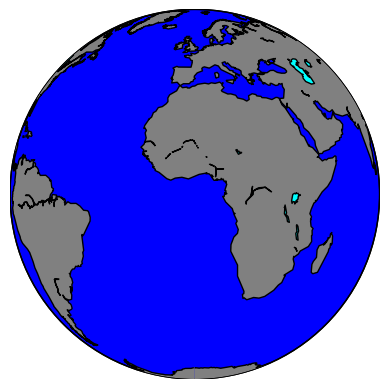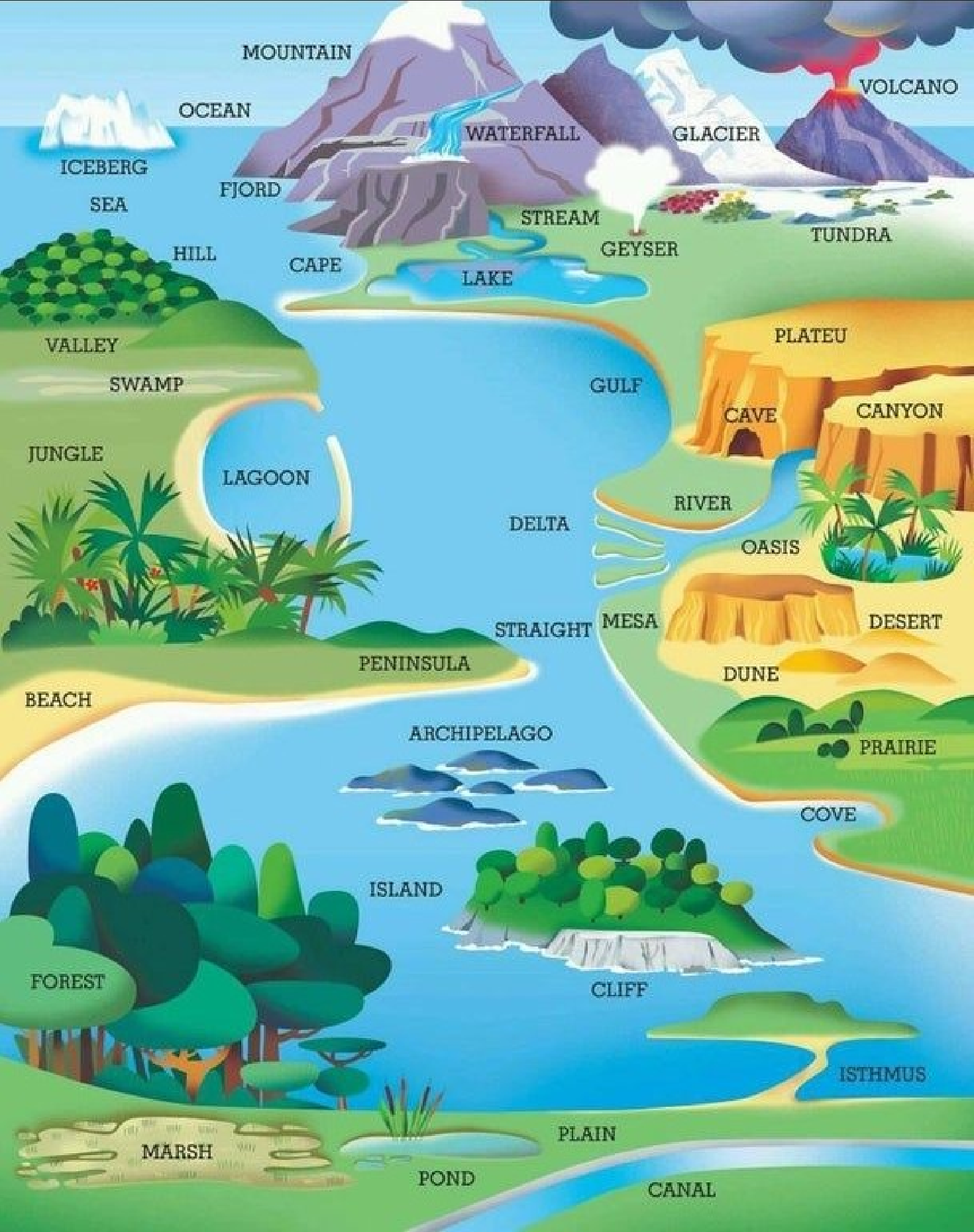Chapter 11 The Earth

Earth Figure 11.0.1is the third planet from the sun which is the only planet known to support life. The Earth revolves around the sun in an elliptical orbit for every 365.24 days, called a year. It also rotates on its axis once every 24 hours, causing day and night cycles. The Earth’s axis is tilted about 23.5 degrees relative to its orbit around the sun which is responsible for the changing seasons and the different amounts of daylight and darkness throughout the year. It has a unique atmosphere that is composed of 78% nitrogen, 21% oxygen, and trace amounts of other gases [Figure 11.1.2.(a)]. The planet’s surface is covered by approximately 71% water, which is contained in oceans, lakes, and rivers, and the remaining 29% is composed of landmasses, such as continents and islands. The Earth is surrounded by a magnetic field, which protects it from harmful solar winds and radiation. The Earth also has a natural satellite, the moon, which orbits around it. The Earth is a dynamic and constantly changing planet, with a complex system of tectonic plates that cause earthquakes, volcanic eruptions, and mountain building. It is also home to a diverse range of life forms, including humans, animals, plants, and microorganisms.
Some geographical landforms on the Earth are given in the Figure 11.0.2.

Geographical Landforms1
i.pinimg.com/originals/88/51/6b/88516bbdf8cba82292873662baf87fbf.jpg